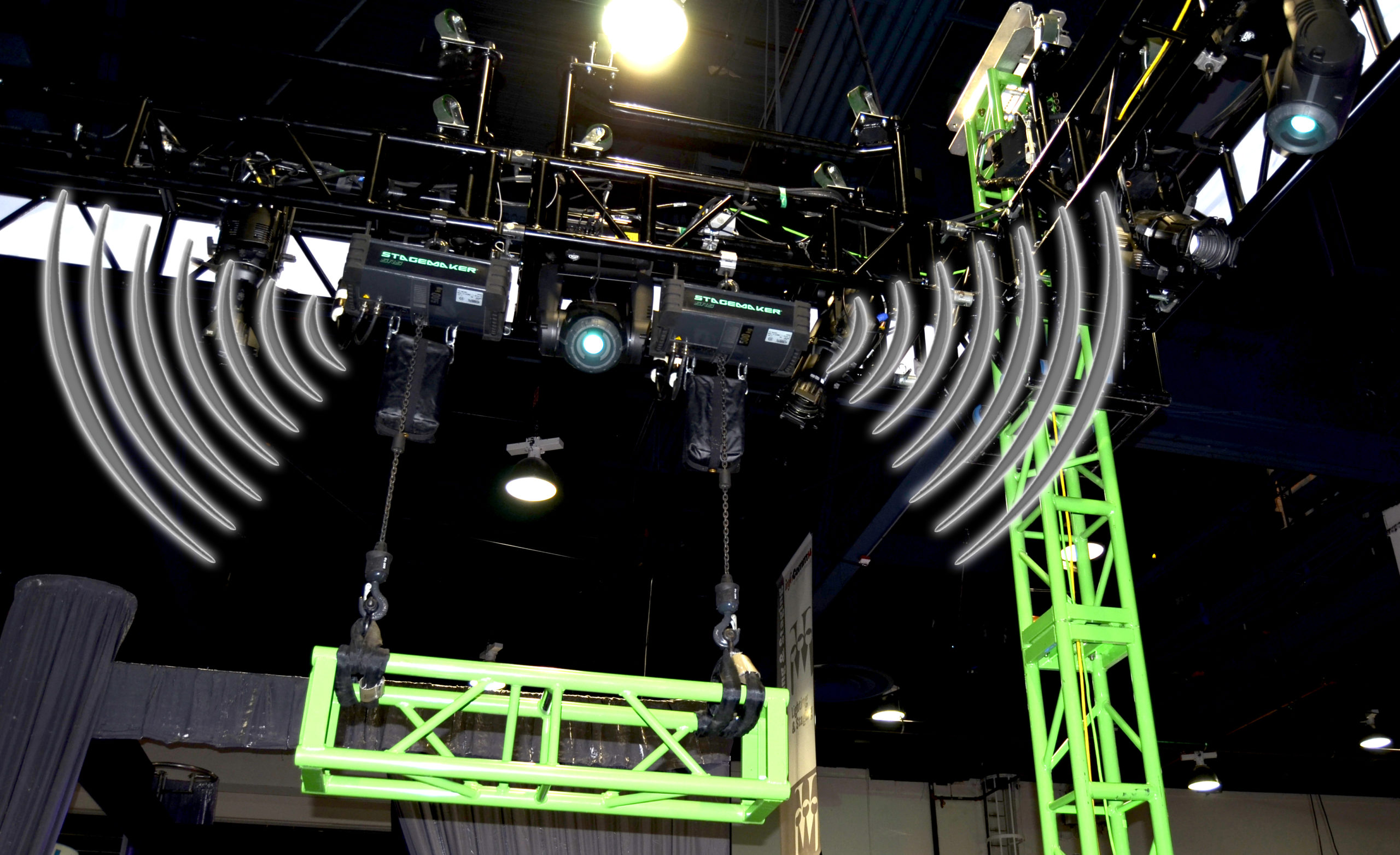

(a) What is the loudness in phons of a 100-Hz sound that has an intensity level of 80 dB? (b) What is the intensity level in decibels of a 4000-Hz sound having a loudness of 70 phons? (c) At what intensity level will an 8000-Hz sound have the same loudness as a 200-Hz sound at 60 dB? Strategy At a frequency of 1000 Hz, phons are taken to be numerically equal to decibels. The curves were determined by having large numbers of people compare the loudness of sounds at different frequencies and sound intensity levels. Any sound along a given curve is perceived as equally loud by the average person. Each curve is labeled with its loudness in phons. The curved lines are equal-loudness curves. Figure shows the relationship of loudness to intensity (or intensity level) and frequency for persons with normal hearing. Phons differ from decibels because the phon is a unit of loudness perception, whereas the decibel is a unit of physical intensity. Timbre is the shape of the wave that arises from the many reflections, resonances, and superposition in an instrument.Ī unit called a phon is used to express loudness numerically.

We call our perception of these combinations of frequencies and intensities tone quality or, more commonly, the timbre of the sound. The reason is that each instrument produces a distinctive set of frequencies and intensities. When a violin plays middle C, there is no mistaking it for a piano playing the same note. Sounds near the high- and low-frequency extremes of the hearing range seem even less loud, because the ear is less sensitive at those frequencies. Frequency has a major effect on how loud a sound seems. But loudness is not related to intensity alone. At a given frequency, it is possible to discern differences of about 1 dB, and a change of 3 dB is easily noticed. The perception of intensity is called loudness. Musical notes are sounds of a particular frequency that can be produced by most instruments and in Western music have particular names, such as A-sharp, C, or E-flat. For example, 500.0 and 501.5 Hz are noticeably different. Typically, humans have excellent relative pitch and can discriminate between two sounds if their frequencies differ by 0.3% or more. The perception of frequency is called pitch. It can give us a wealth of simple information-such as pitch, loudness, and direction. The human ear has a tremendous range and sensitivity. This level is different in that the actual universe within which things are normally perceived, ceases to exist! Satorienlightenment (and other such labels).\beta (\text The earlier levels are relatively easy to explain in terms of measureable changes in perception and thought patterns. The loss of reality becomes so severe that it defies explanation. Merging with space, other objects, or the universe. The senses cease to function in the normal way. Total loss of visual connection with reality. (Things start talking toyou, or you find that you are feeling contradictory things simultaneously). Destruction or multiple splitting of the ego. Time distortions and “moments of eternity”. There is some confusion of the senses (i.e. Closed eye hallucinations become 3 dimensional. Some mild hallucinations such as rivers flowing in wood grained or “mother of pearl” surfaces. Very obvious visuals, everything looking curved and/or warped patterns and kaleidoscopes seen on walls, faces etc. Vast increase in creativity becomes apparent as the natural brain filter is bypassed. Change of short term memory leads to continual distractive thought patterns. things start to move and breathe), some 2 dimensional patterns become apparent upon shutting eyes. Left/right brain communication changes causing music to sound “wider”. This level produces a mild “stoning” effect, with some visual enhancement (i.e. The word, “Level” is often very misleading. There are infinate degrees to each level. On a side note, levels in trips are not like floors in a building. Using the level system is an attempt to define the trip strength, as there is no way to objectively rate a subjective experience, but it is a simple way to communicate with others about your trip. Level 1 is a low level trip… level 5 is a high level (full ego death) trip. Levels are a way to describe the intensity of your trip.


 0 kommentar(er)
0 kommentar(er)
